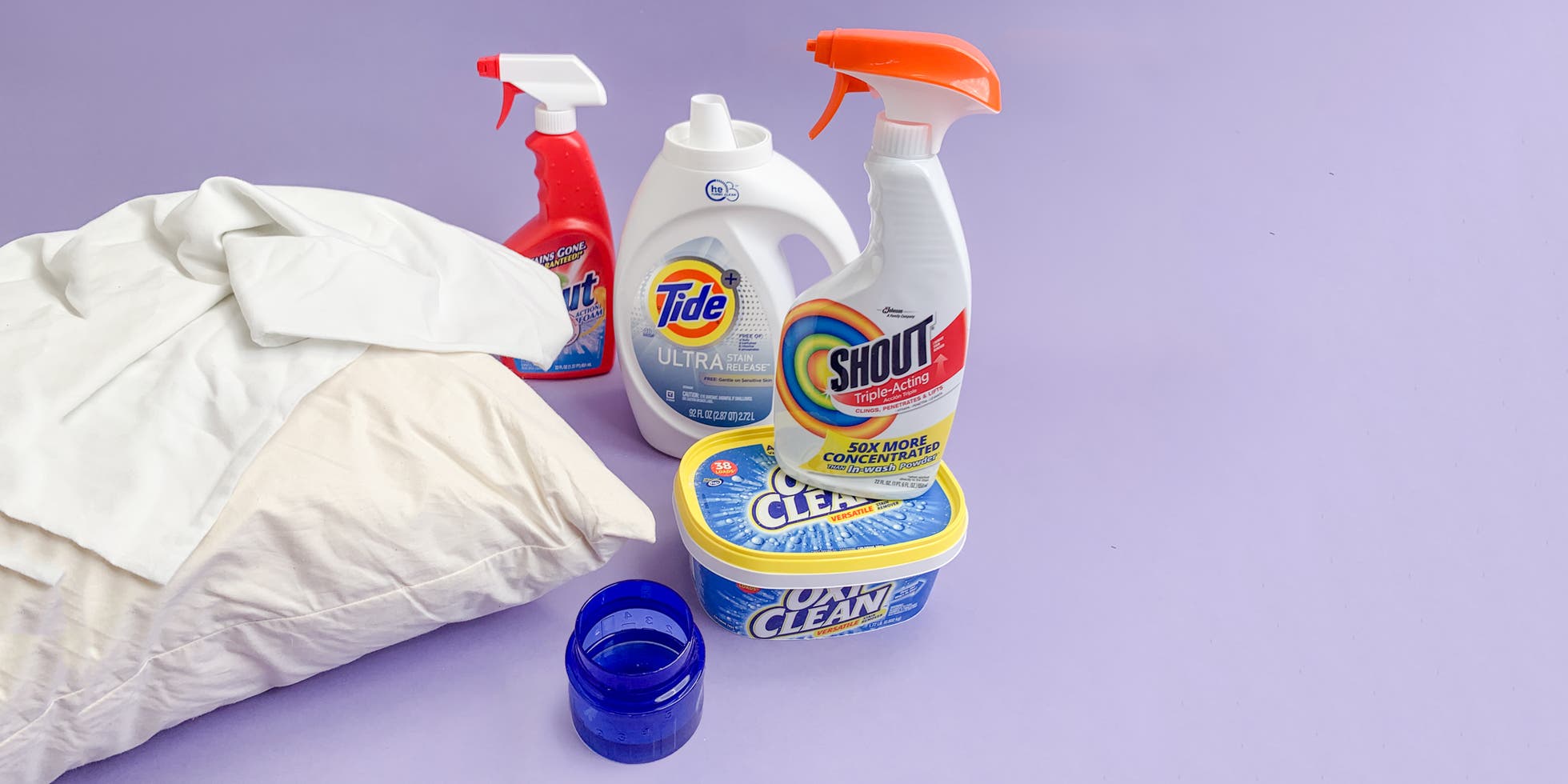

Articles
How To Sanitize Pillows After COVID-19
Modified: January 6, 2024
Learn effective methods to sanitize pillows and keep them germ-free after COVID-19. Read our informative articles for expert tips and guidance.
(Many of the links in this article redirect to a specific reviewed product. Your purchase of these products through affiliate links helps to generate commission for Storables.com, at no extra cost. Learn more)
Introduction
The COVID-19 pandemic has brought heightened awareness of the importance of cleanliness and hygiene. While we diligently sanitize our hands, surfaces, and clothes, one area that often gets overlooked is our pillows. Pillows are a breeding ground for bacteria, allergens, and other pathogens, making proper sanitization crucial, especially in the wake of the COVID-19 pandemic.
Sanitizing pillows not only helps eliminate potential health risks but also ensures a fresh and clean sleeping environment. In this article, we will explore the importance of sanitizing pillows after COVID-19 and provide you with a step-by-step guide to effectively clean and maintain your pillows.
Key Takeaways:
- Regularly sanitizing pillows after COVID-19 is crucial for eliminating potential pathogens, reducing allergens, and improving overall hygiene, ensuring a fresh and healthy sleep environment.
- Following a step-by-step guide and utilizing alternative methods can effectively sanitize pillows, promoting restful nights and overall well-being. Remember to prioritize cleanliness for a cozy sleep experience.
Read more: How To Sanitize Pillows
Why it’s important to sanitize pillows after COVID-19
Pillows play a crucial role in our sleep routines, providing comfort and support for our heads and necks. However, they also harbor a variety of unwanted guests, including dust mites, bacteria, and allergens. In the context of the COVID-19 pandemic, sanitizing pillows becomes even more important. Here’s why:
- Eliminate potential pathogens: COVID-19 is primarily spread through respiratory droplets. If an infected person coughs or sneezes near your pillow, the virus can potentially land on the fabric. While the risk of transmission from surfaces is low, sanitizing pillows can help eliminate any potential pathogens and provide peace of mind.
- Reduce the risk of allergens: Dust mites, pollen, pet dander, and other allergens can accumulate in pillows over time. For individuals with allergies or respiratory conditions, such as asthma, a sanitized pillow can help reduce the risk of allergic reactions and promote better breathing while sleeping.
- Improve overall hygiene: Regularly sanitizing your pillows ensures a higher level of cleanliness in your sleeping environment. By eliminating dirt, sweat, oils, and other contaminants, you can create a fresh and hygienic space for restful sleep.
- Extend pillow lifespan: Proper sanitization can help prolong the lifespan of your pillows. By removing dirt, oils, and sweat that can break down the fibers over time, you can keep your pillows in better condition, ensuring optimal comfort and support.
Given these reasons, taking the time to sanitize your pillows after COVID-19 is an important step in maintaining a healthy sleep environment. So, let’s dive into a step-by-step guide on how to effectively sanitize your pillows.
Step-by-step guide to sanitizing pillows
Sanitizing your pillows may sound like a daunting task, but with the right approach, it can be relatively simple. Follow these steps to effectively sanitize your pillows after COVID-19:
- Check the care label: Before proceeding, check the care label on your pillows to ensure they are safe to be washed. Some pillows may have specific washing instructions, such as dry cleaning only.
- Remove pillowcases and covers: Strip off any pillowcases, covers, or protectors from your pillows and set them aside. These can be washed separately according to their care instructions.
- Inspect for damage: Take a moment to inspect your pillows for any signs of damage, such as tears or loose seams. If you find any significant damage, it may be time to replace the pillow.
- Prepare the washing machine: Place your pillows in the washing machine, ensuring there is enough space for them to move around freely. If you are washing multiple pillows, consider doing it in batches to prevent overcrowding.
- Add a mild detergent: Add a gentle, mild detergent to the machine. Avoid using heavy-duty or scented detergents, as they can leave residue and irritate sensitive skin.
- Select the appropriate cycle: Choose a gentle cycle with warm water for most pillows. However, it is essential to follow the care label instructions for specific temperature and cycle recommendations.
- Rinse and repeat: After the washing cycle completes, run an additional rinse cycle to ensure all detergent residue is removed from the pillows.
- Dry thoroughly: Proper drying is crucial to prevent mildew and mold growth. Place your pillows in the dryer on a low heat setting or hang them outside in direct sunlight to dry. Add a few clean tennis balls or dryer balls to the dryer to fluff up the pillows.
- Fluff and reshape: Once the pillows are completely dry, fluff them up by hand and reshape them to restore their original form and loft.
- Reapply covers and pillowcases: Put your freshly sanitized pillows back into their respective pillowcases or covers. Consider using pillow protectors to keep them cleaner for longer.
By following these simple steps, you can ensure that your pillows are properly sanitized, fresh, and ready for a restful night’s sleep.
Materials needed for sanitizing pillows
To effectively sanitize your pillows, it’s helpful to gather a few materials beforehand. Here are the essential items you’ll need:
- Washing machine: Ensure you have access to a washing machine that can accommodate your pillows. If you don’t have one at home, you can utilize a laundromat or a friend’s machine.
- Mild detergent: Use a gentle, mild detergent that is suitable for your pillows’ fabric type. Avoid using harsh chemicals or scented detergents, as they can potentially irritate the skin or leave residue on the pillows.
- Dryer or clothesline: You will need a means to dry your pillows after washing them. A dryer on a low heat setting or hanging them outside on a clothesline are both effective options.
- Tennis balls or dryer balls: Adding a few clean tennis balls or dryer balls to the dryer can help fluff up the pillows and evenly distribute the filling, ensuring they retain their shape and loft.
- Pillow protectors (optional): Consider using pillow protectors, which act as a barrier between your pillow and pillowcase, preventing sweat, drool, dust, and other contaminants from reaching the pillow itself. This can help keep your pillows cleaner for longer.
- Stain remover (if necessary): If your pillows have stains, you may require a stain remover product. Choose one suitable for the type of stains and fabric of your pillows, and follow the instructions for application.
Gathering these materials before sanitizing your pillows will ensure a smooth process and optimal results. Now that you have everything you need, let’s move on to preparing your pillows for sanitization.
Preparing pillows for sanitization
Before you start the actual sanitization process, it is important to properly prepare your pillows. This step will help ensure that the cleaning process is effective and that your pillows come out fresh and sanitized. Follow these steps to prepare your pillows:
- Read the care label: Carefully read the care label on your pillows to understand any specific instructions or precautions. This will help you determine the appropriate washing method and temperature for your particular pillows.
- Remove pillowcases and covers: Take off any pillowcases, covers, or protectors from your pillows. These items should be washed separately according to their specific care instructions.
- Inspect for damage: Examine your pillows for any signs of damage, such as tears, loose seams, or broken zippers. If you find any significant damage, it may be time to replace the pillow instead of trying to sanitize it.
- Spot treat stains (if necessary): If your pillows have any stains, you can spot treat them before washing. Apply a small amount of stain remover directly to the stained area and gently rub it in. Allow the stain remover to sit for a few minutes before proceeding to the washing step.
- Fluff your pillows: Give your pillows a good fluff by gently manipulating them with your hands. This will help loosen any trapped dirt or debris and ensure better washing and drying results.
- Check filling compatibility: Some pillows have a filling, such as memory foam or down, that may not be suitable for machine washing. Make sure to double-check the care label and manufacturer’s instructions regarding the compatibility of your pillow’s filling with machine washing.
By following these preparation steps, you are setting the foundation for successful pillow sanitization. Once your pillows are prepared, you can move on to the actual washing and drying process, which we will cover in the next section.
To sanitize pillows after COVID-19, wash them in hot water and dry on high heat. If the pillows are not machine washable, consider using a pillow protector that can be easily washed and sanitized.
Read more: How To Disinfect A Mattress After Covid
Washing and drying pillows
Now that you have prepared your pillows, it’s time to move on to the washing and drying process. This step will help remove dirt, bacteria, and allergens, leaving your pillows fresh and sanitized. Follow these steps for the best results:
- Load the washing machine: Place your prepared pillows into the washing machine. Make sure to leave enough space for them to move around freely. If you are washing multiple pillows, consider doing it in batches to prevent overcrowding.
- Add a mild detergent: Add a small amount of a mild detergent to the washing machine. Using too much detergent can lead to excessive sudsing and make rinsing more challenging. Follow the manufacturer’s instructions for the correct amount of detergent to use.
- Select the appropriate cycle: Choose a gentle cycle with warm water for most types of pillows. However, it is important to consult the care label and follow any specific temperature or cycle recommendations mentioned. This will help protect the integrity and longevity of your pillows.
- Rinse and repeat: After the washing cycle is complete, run an additional rinse cycle to ensure that all detergent residue is thoroughly removed from the pillows. Skipping this step may leave behind soapy residue, which can affect the fluffiness and cleanliness of the pillows.
- Drying process: Proper drying is essential to prevent mold and mildew growth. There are two main methods for drying pillows:
- Machine drying: Place your pillows in the dryer, preferably on a low heat or delicate setting. Adding a few clean tennis balls or dryer balls will help fluff up the pillows and prevent them from clumping. Check the care label for any specific dryer instructions or recommendations.
- Air drying: Alternatively, you can air dry your pillows by hanging them on a clothesline or laying them flat on a clean, dry surface. Ensure they are exposed to ample airflow and direct sunlight, which can help kill any remaining bacteria or allergens.
- Fluff and reshape: Once your pillows are fully dry, give them a gentle fluff by hand. This will help restore their shape and loft. Gently reshape the pillows, making sure the filling is evenly distributed.
Following these washing and drying steps will ensure that your pillows are thoroughly cleaned, sanitized, and ready for a comfortable night’s sleep.
Using alternative sanitizing methods for pillows
If you prefer not to or are unable to wash your pillows in a washing machine, there are alternative methods you can use to sanitize them. These methods can be particularly useful for pillows with non-removable covers or those that require special care. Here are a few alternative sanitizing methods:
- Steam cleaning: Utilizing a steam cleaner is an effective way to kill bacteria, dust mites, and other allergens. Follow the manufacturer’s instructions to safely steam clean your pillows, taking care to not over-wet them. Allow the pillows to dry completely before using or covering them.
- Freezing: Freezing your pillows can help kill any potential mites or bacteria. Place your pillows in a plastic bag and seal it tightly. Store the bag in the freezer for at least 48 hours. Afterward, let the pillows thaw completely before using them.
- Dry cleaning: Some types of pillows, such as those with delicate or non-removable covers, may require dry cleaning. Take your pillows to a professional dry cleaner who specializes in handling household items, and let them know about any specific concerns or stains.
- UV sterilization: UV sterilization devices can be used to kill bacteria and other pathogens on the surface of pillows. Follow the instructions provided with the device to ensure safe and effective use. Note that this method may not penetrate deeply into the pillow, so it’s best used as a supplementary method along with regular washing.
These alternative methods can be valuable options for sanitizing your pillows when traditional washing is not feasible or recommended. However, it’s important to know that these methods may not be as effective as a thorough machine wash. It is always a good idea to consult the care label and manufacturer’s instructions before attempting alternative methods.
Remember, regardless of the sanitization method used, it is essential to regularly clean and replace your pillows to maintain their cleanliness and ensure a hygienic sleeping environment.
Additional tips for maintaining clean pillows
Keeping your pillows clean and well-maintained goes beyond just sanitizing them periodically. Here are some additional tips to maintain clean pillows:
- Use pillow protectors: Consider using pillow protectors as an extra layer of defense against sweat, drool, and other contaminants. Pillow protectors act as a barrier between your pillow and pillowcase, making it easier to wash and prolonging the life of your pillows.
- Wash pillowcases regularly: Wash your pillowcases at least once a week, following the care instructions provided. Regularly washing your pillowcases helps minimize the accumulation of dirt, oils, and bacteria, keeping your pillows cleaner for longer.
- Vacuum your pillows: Use a handheld vacuum or vacuum cleaner with a brush attachment to gently vacuum the surface of your pillows between washes. This helps remove dust, allergens, and loose debris, maintaining a cleaner sleeping surface.
- Avoid eating or drinking in bed: Eating or drinking in bed can lead to spills and stains on your pillows. To prevent this, keep food and beverages away from your sleeping area to maintain the cleanliness of your pillows.
- Rotate and fluff your pillows: Regularly rotate and fluff your pillows to prevent uneven wear and flatten. This helps maintain their shape and loft, ensuring optimal comfort and support for a extended period of time.
- Avoid excessive moisture: Moisture can lead to the growth of mold and mildew. Keep your pillows in a well-ventilated area and avoid exposing them to excessive moisture, such as wet towels or humid environments.
- Follow care instructions: Always check the care label and manufacturer’s instructions for specific cleaning and maintenance guidelines for your pillows. Different pillow types and materials may require different care methods to ensure their longevity and cleanliness.
- Replace when necessary: Despite regular cleaning and maintenance, pillows do have a lifespan. If your pillows have become flat, lumpy, or no longer provide adequate support, it may be time to replace them to maintain a clean and comfortable sleep environment.
By incorporating these additional tips into your pillow maintenance routine, you can ensure that your pillows remain clean, fresh, and supportive for a prolonged period of time.
Conclusion
Maintaining clean and sanitized pillows is an essential part of ensuring a healthy and comfortable sleep environment, especially in the aftermath of the COVID-19 pandemic. By regularly sanitizing your pillows, you can eliminate potential pathogens, reduce allergens, and improve overall hygiene.
In this article, we discussed the importance of sanitizing pillows after COVID-19 and provided a step-by-step guide to help you effectively clean and maintain your pillows. We also explored alternative sanitizing methods and shared additional tips for keeping your pillows clean on an ongoing basis.
Remember to always check the care label and follow the manufacturer’s instructions when cleaning and maintaining your pillows. Different pillow types and materials may have specific requirements to ensure optimal cleanliness and longevity.
By prioritizing the cleanliness of your pillows, you can create a fresh, healthy, and cozy sleep environment that promotes restful nights and overall well-being. So, take the necessary steps to sanitize your pillows regularly and enjoy a rejuvenating sleep experience every night.
Frequently Asked Questions about How To Sanitize Pillows After COVID-19
Was this page helpful?
At Storables.com, we guarantee accurate and reliable information. Our content, validated by Expert Board Contributors, is crafted following stringent Editorial Policies. We're committed to providing you with well-researched, expert-backed insights for all your informational needs.
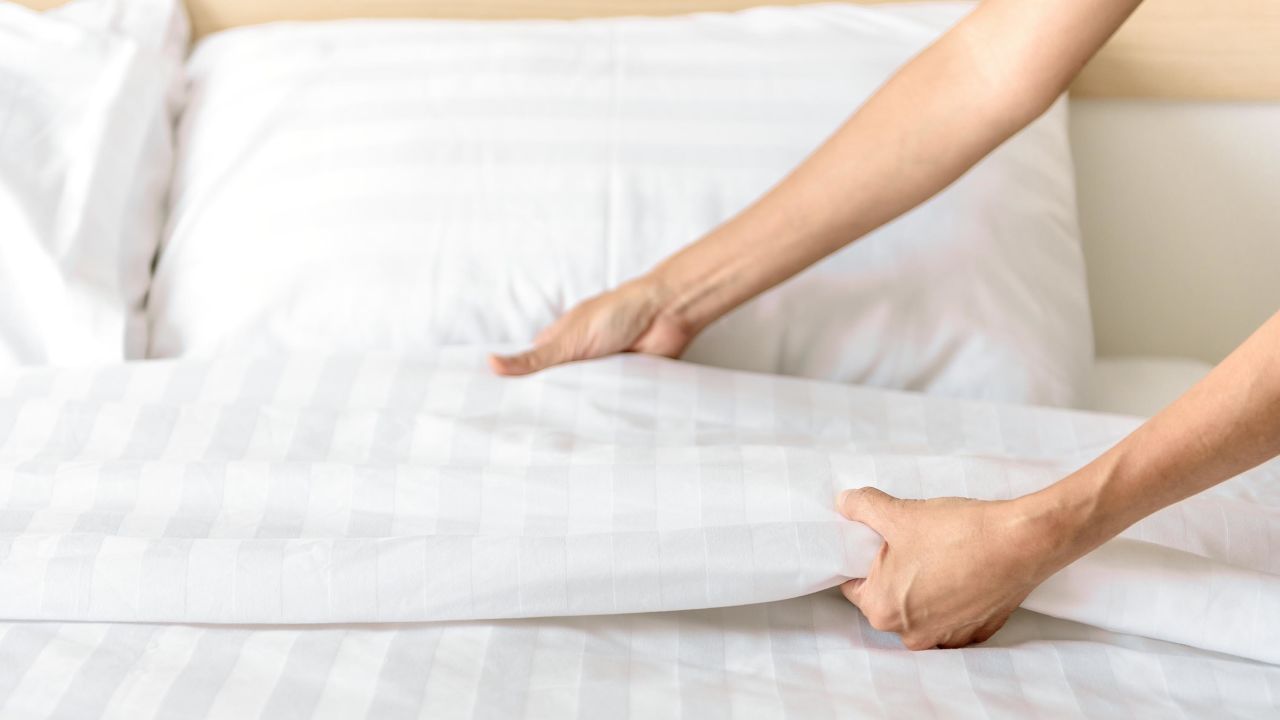
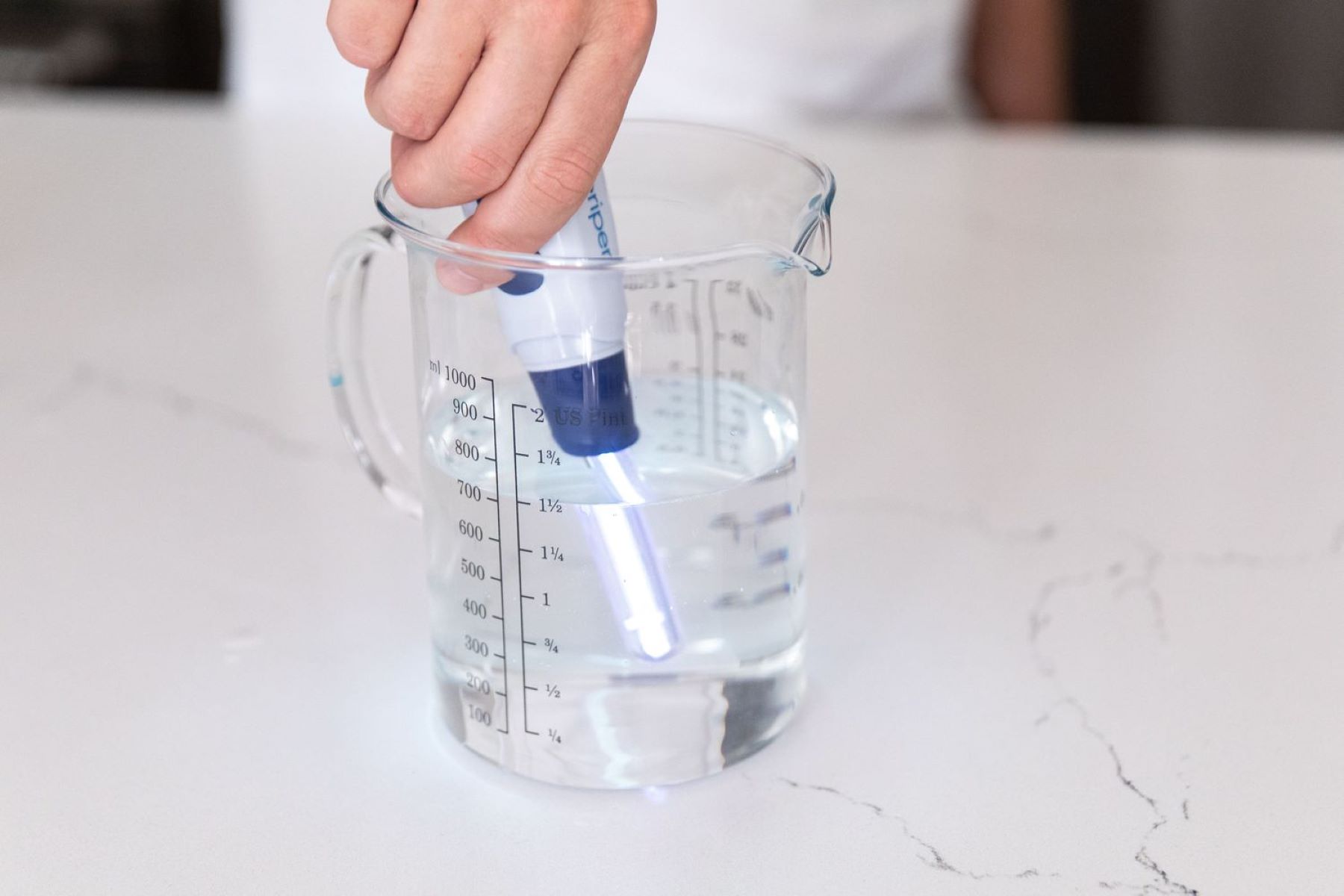
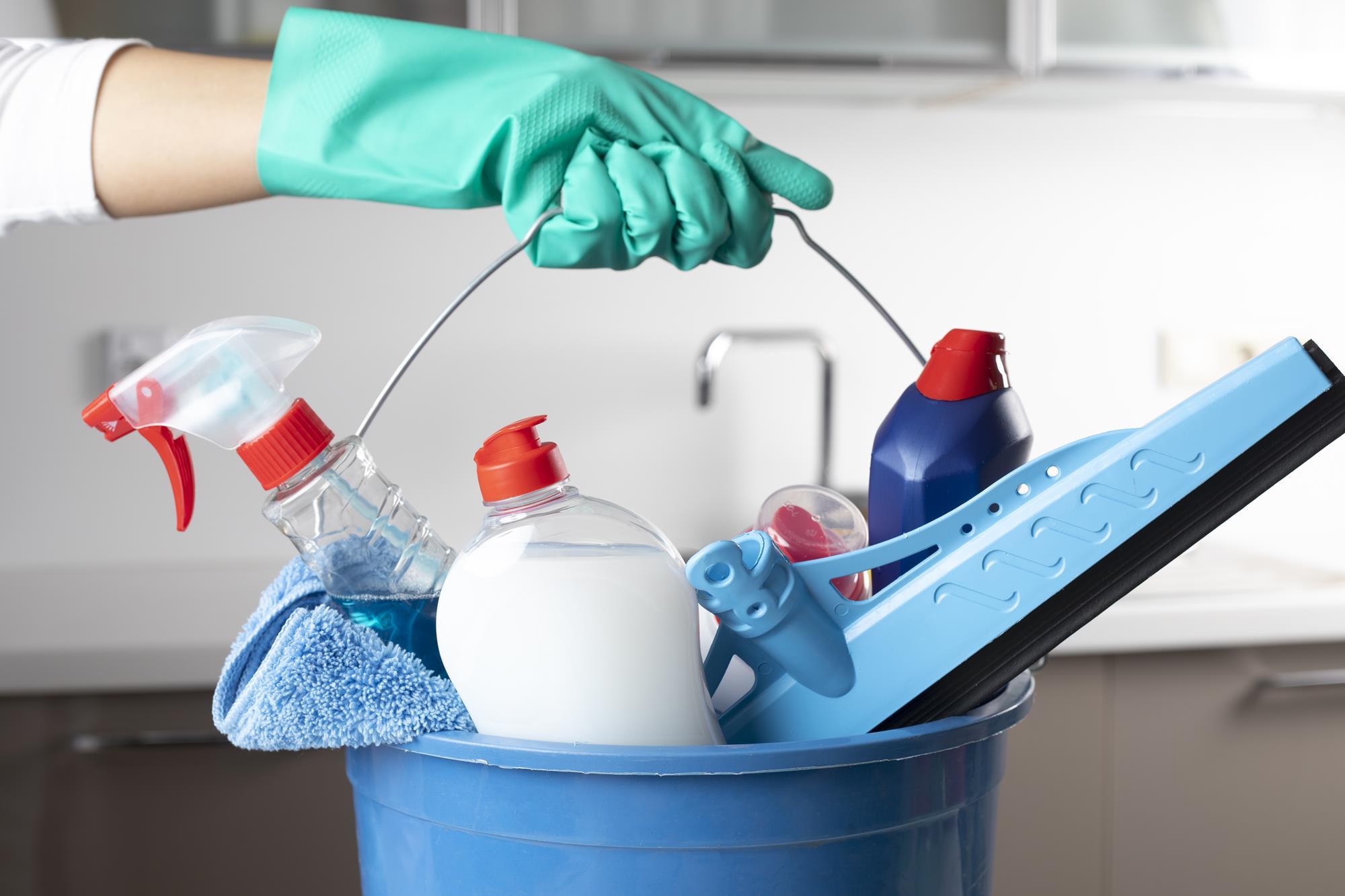
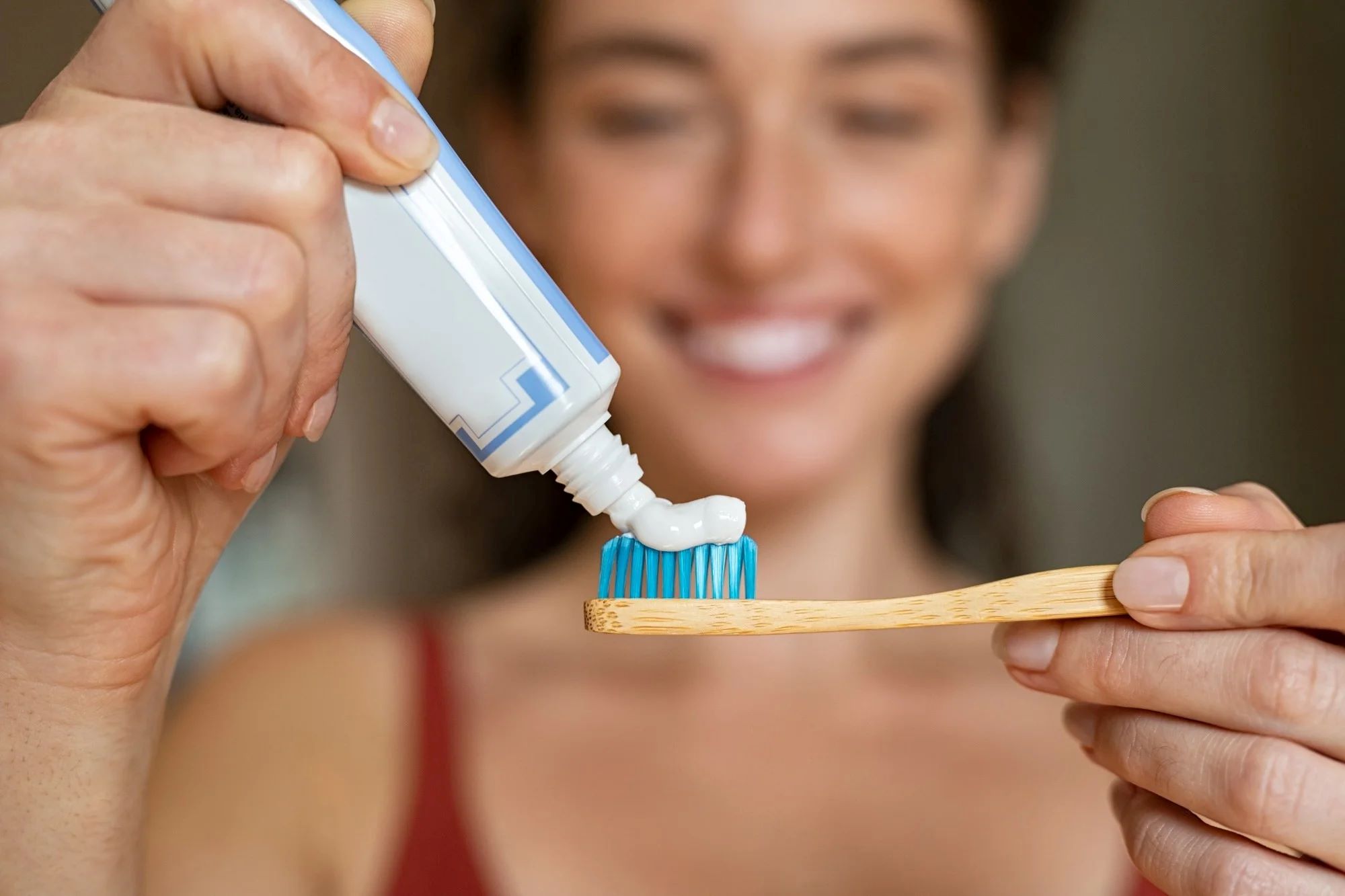
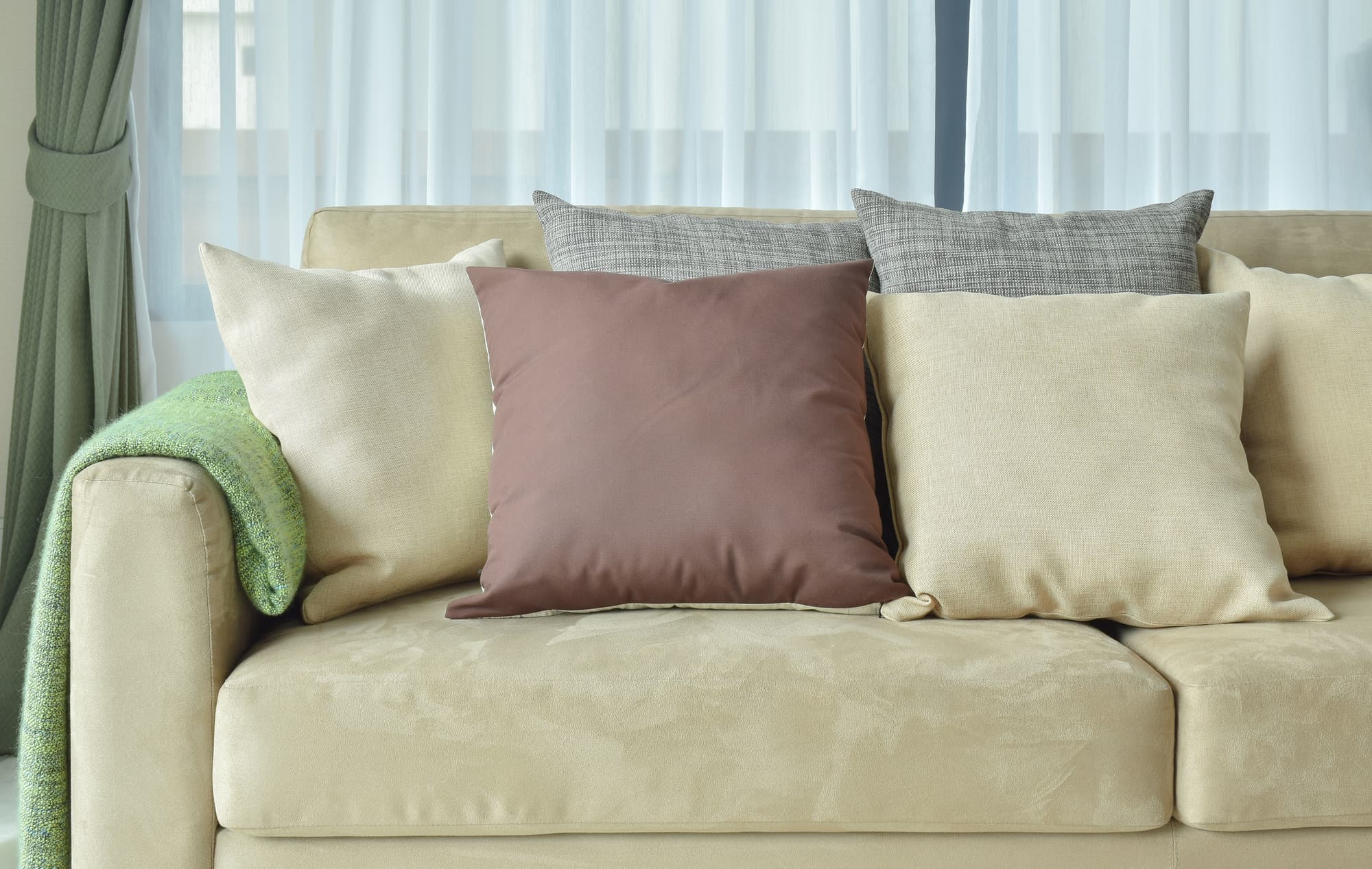
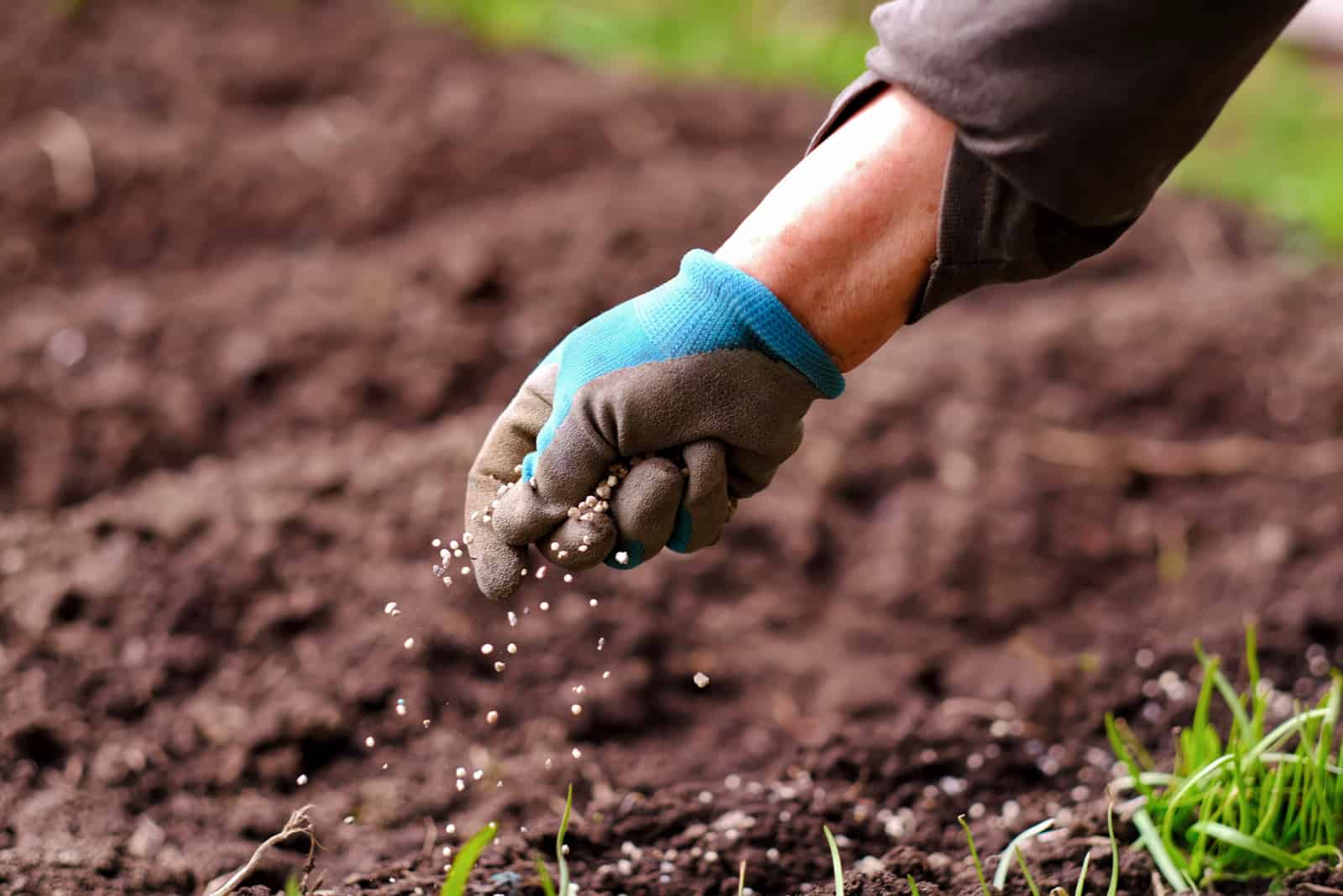
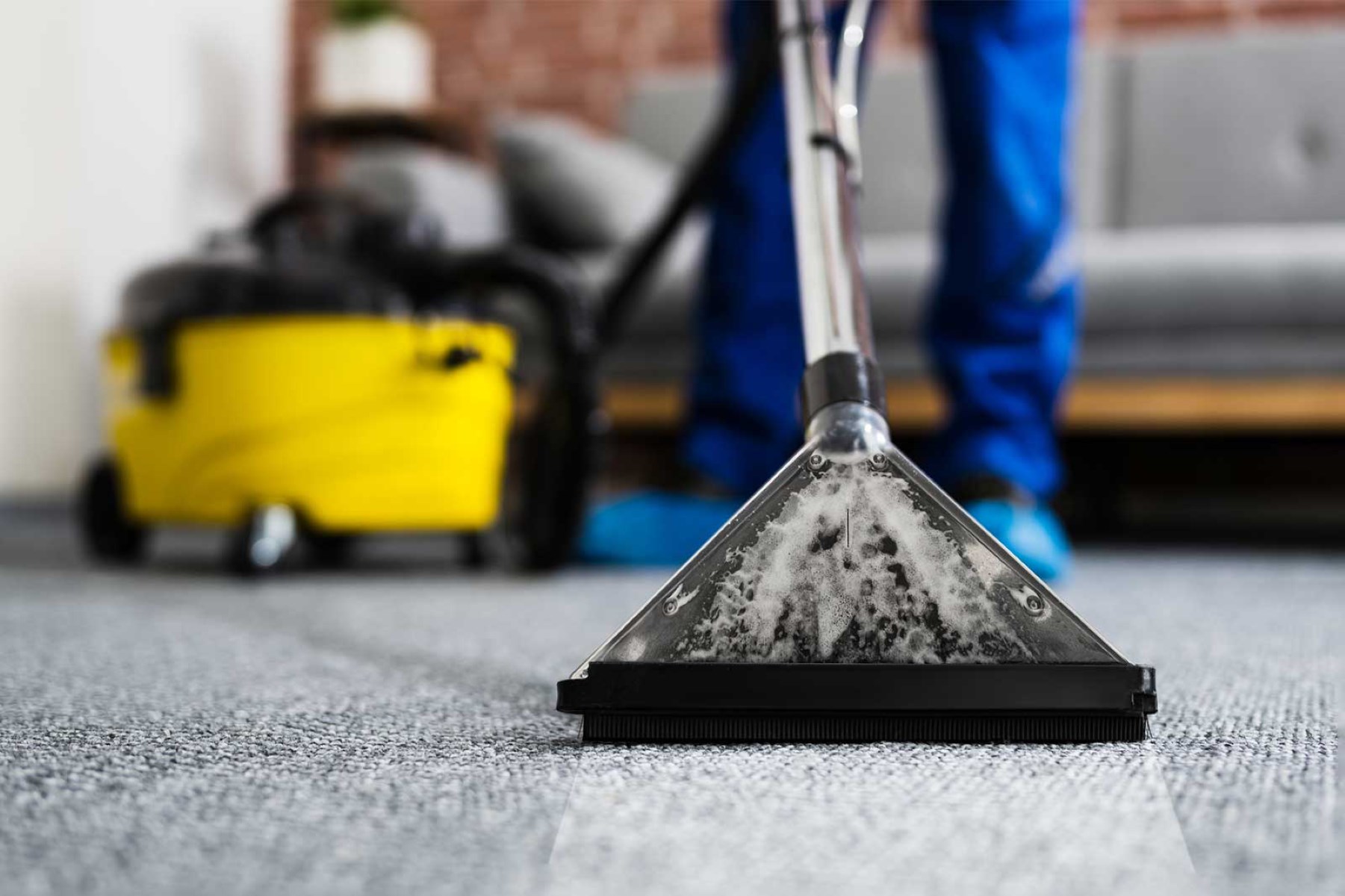
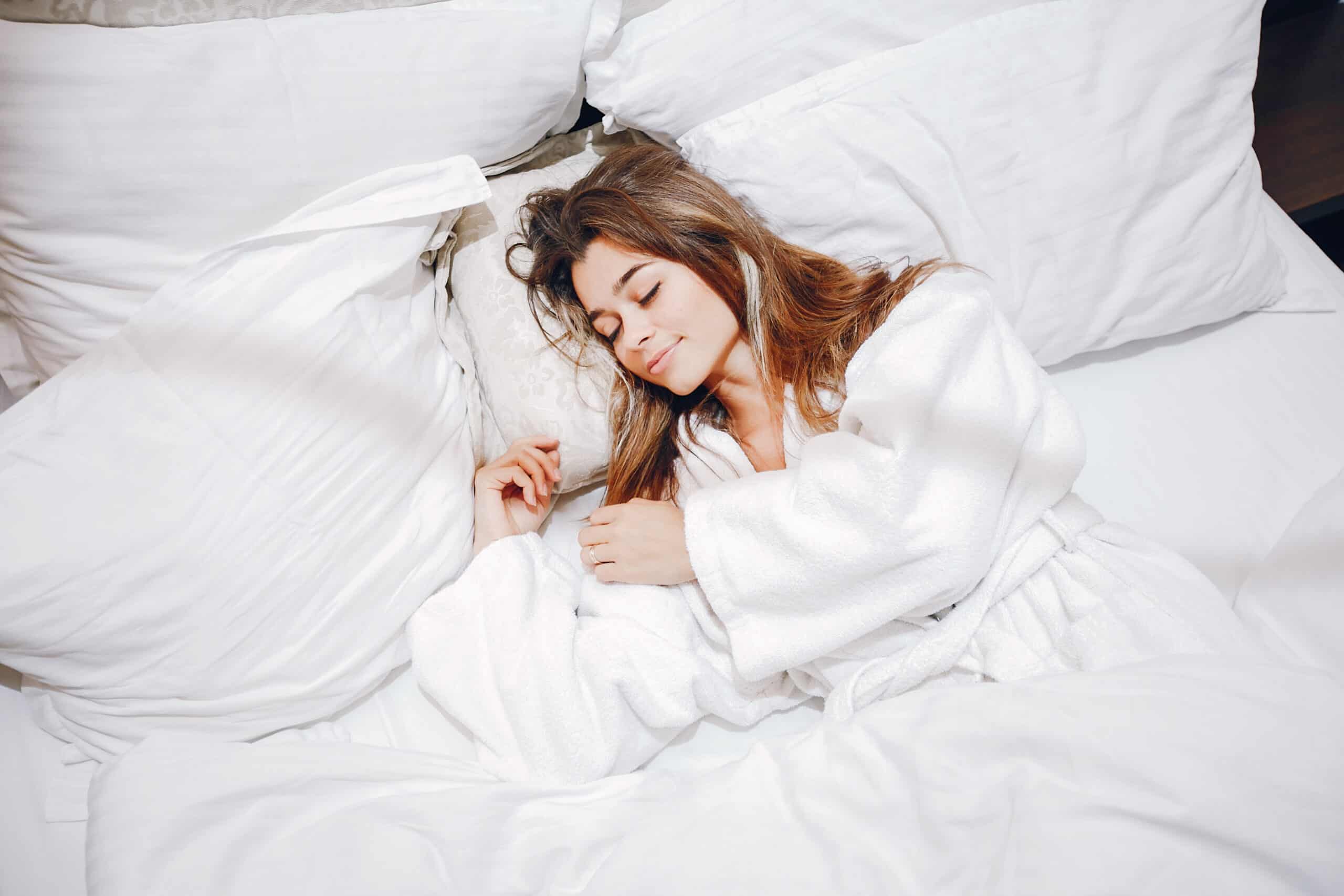
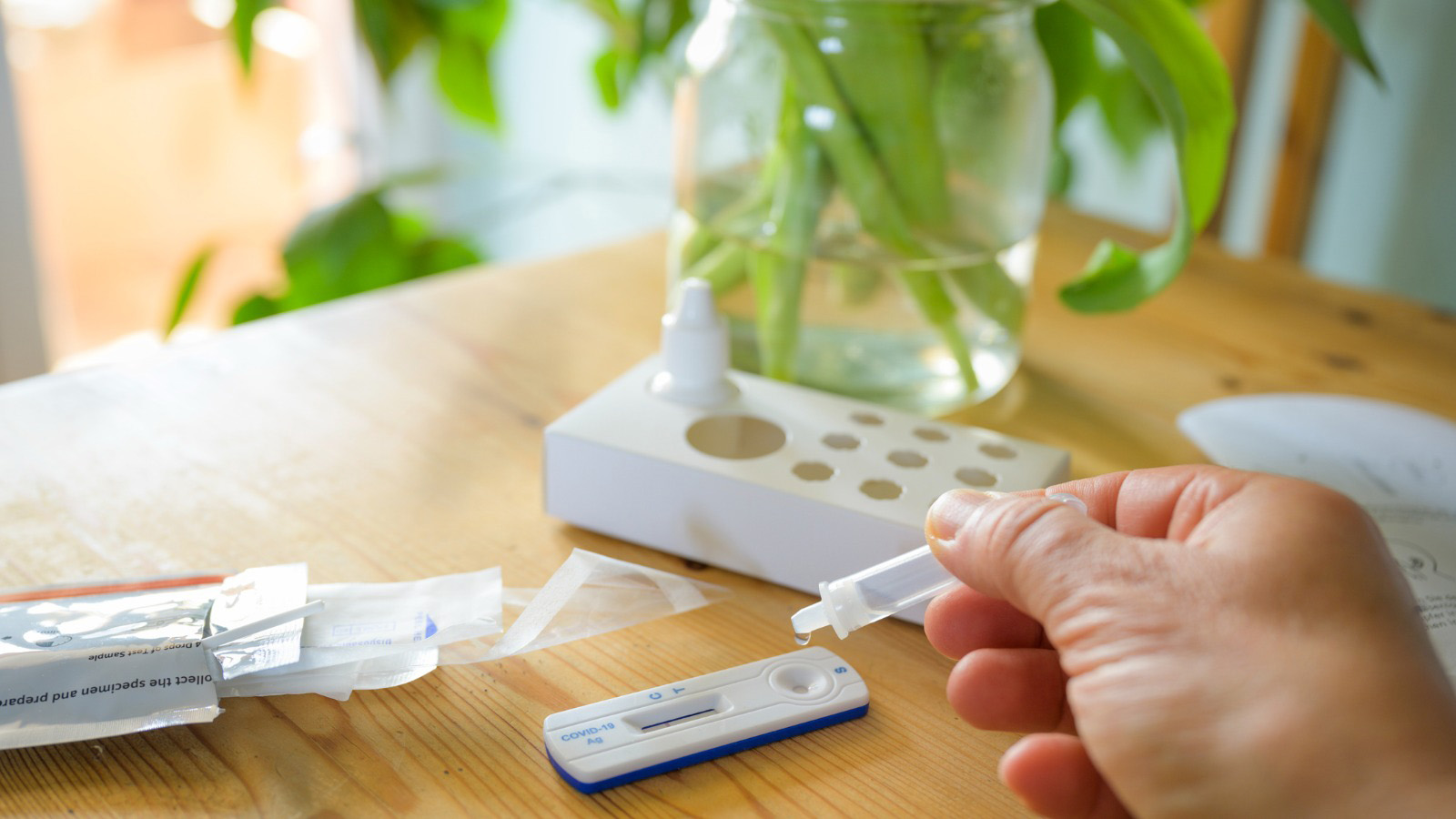
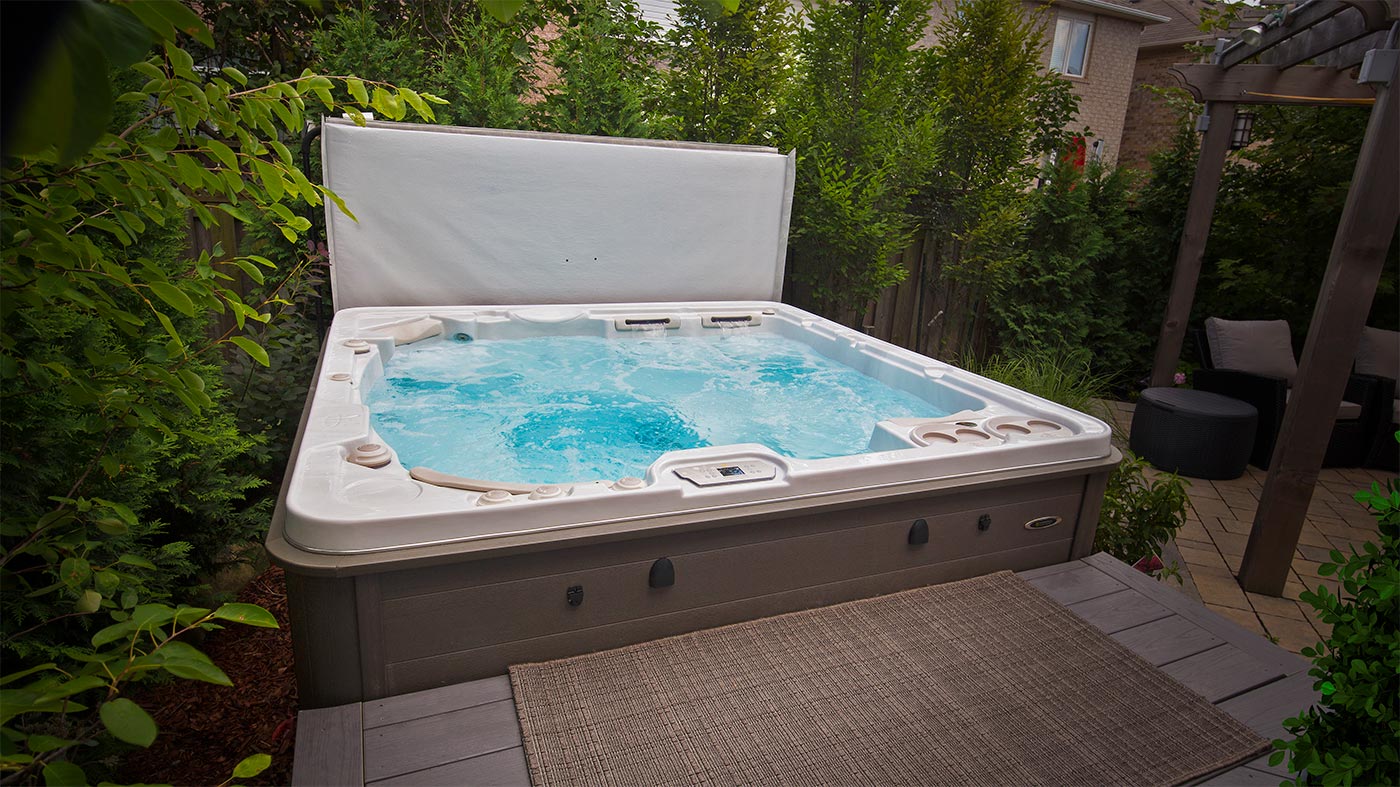
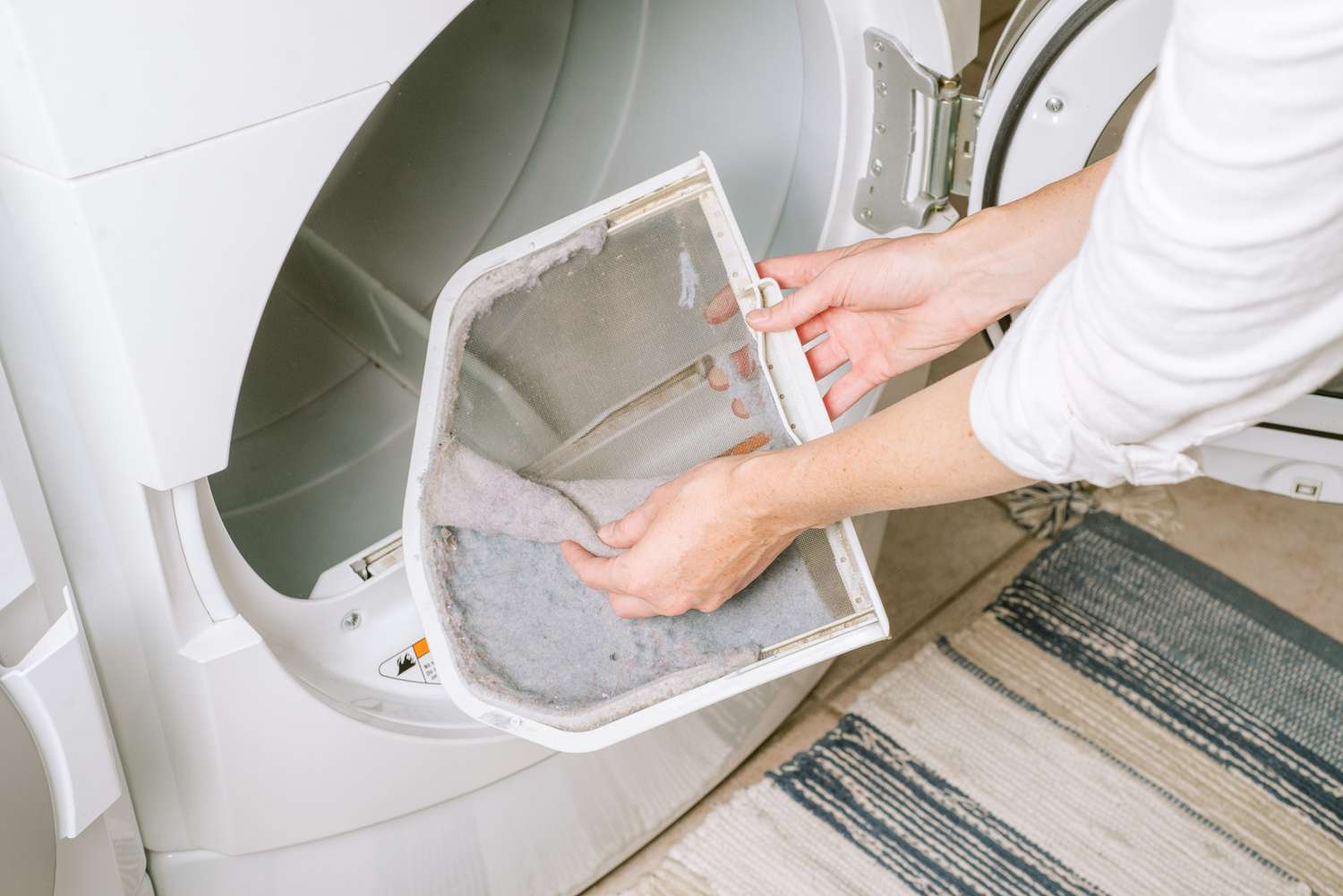
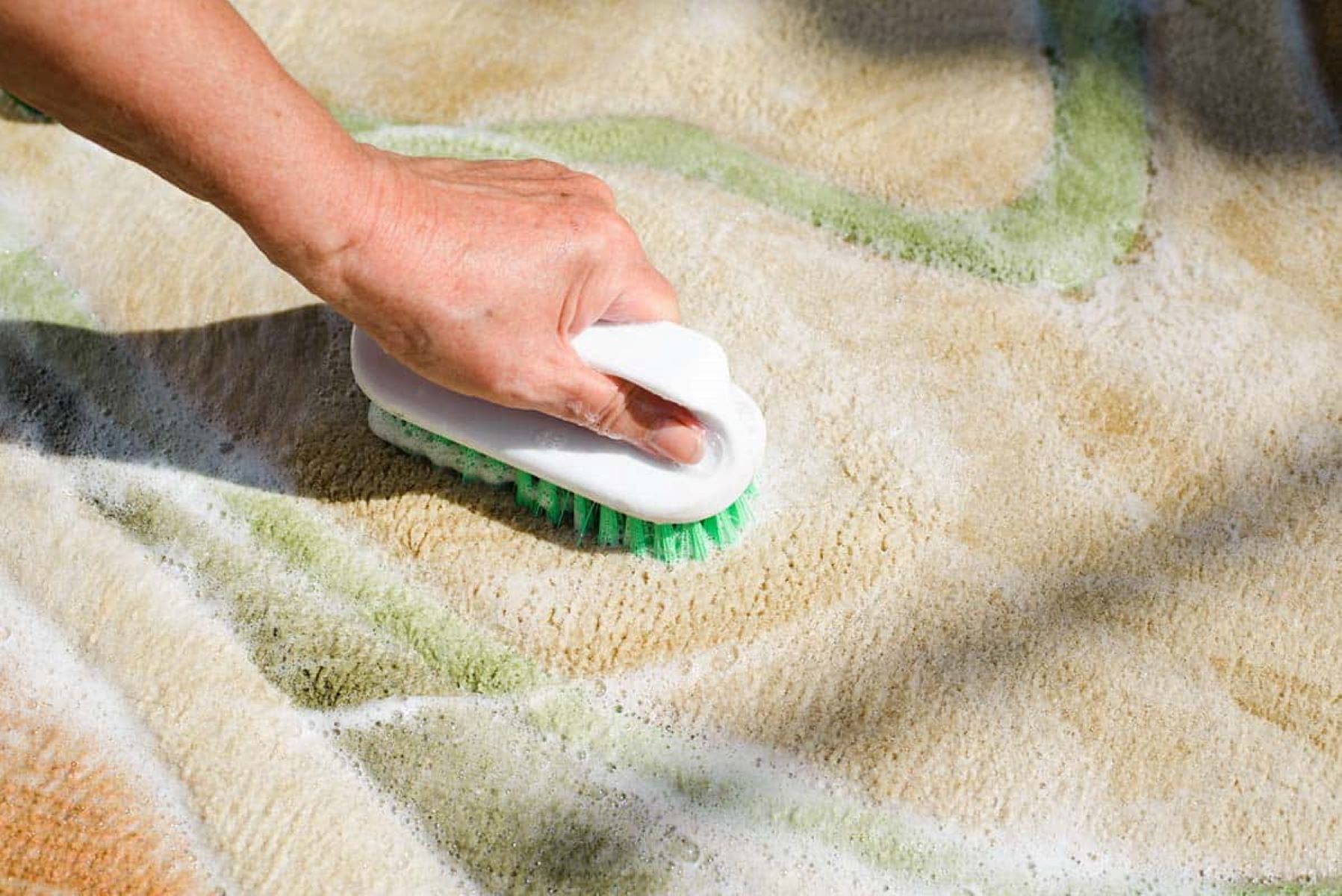
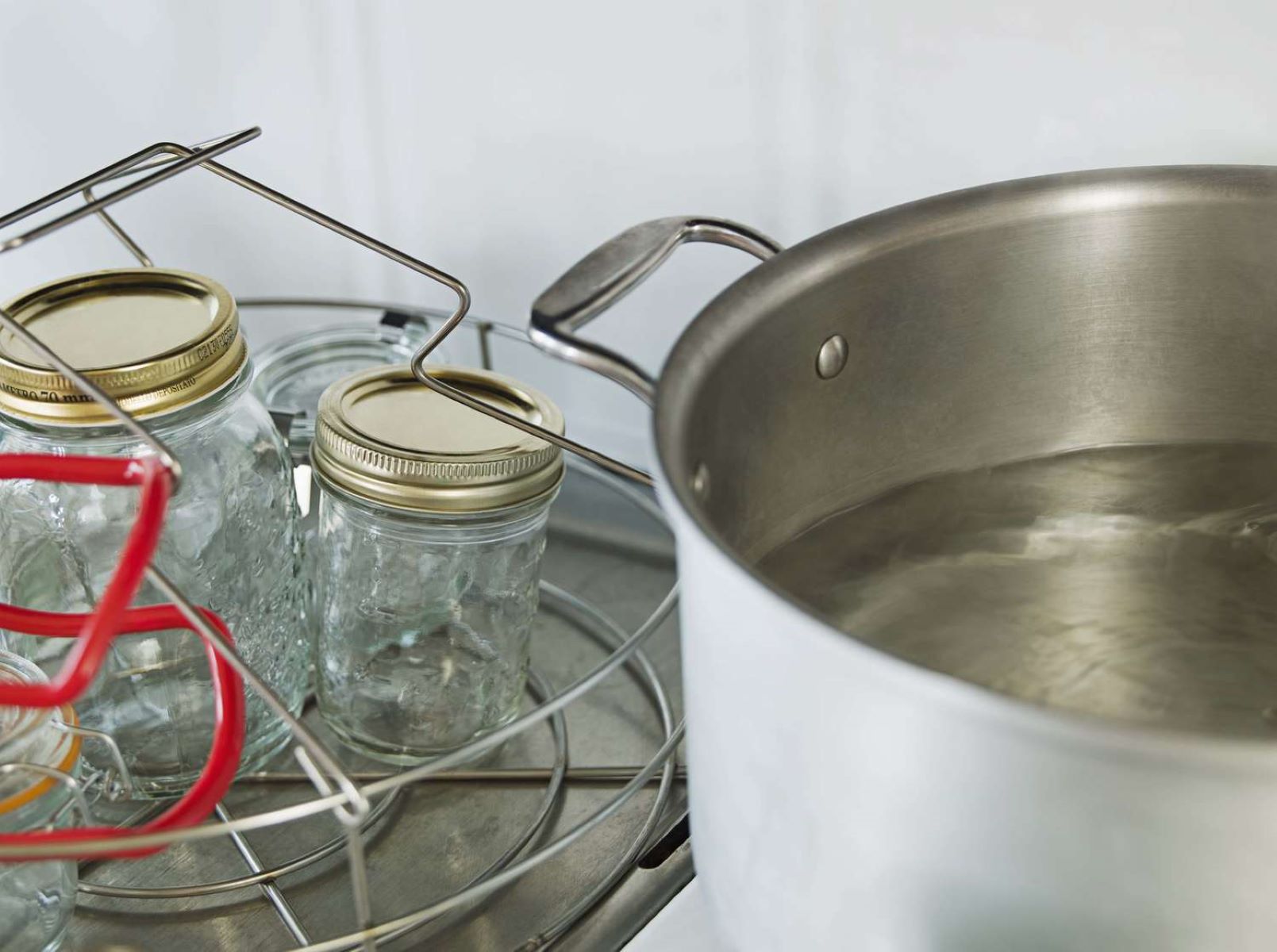
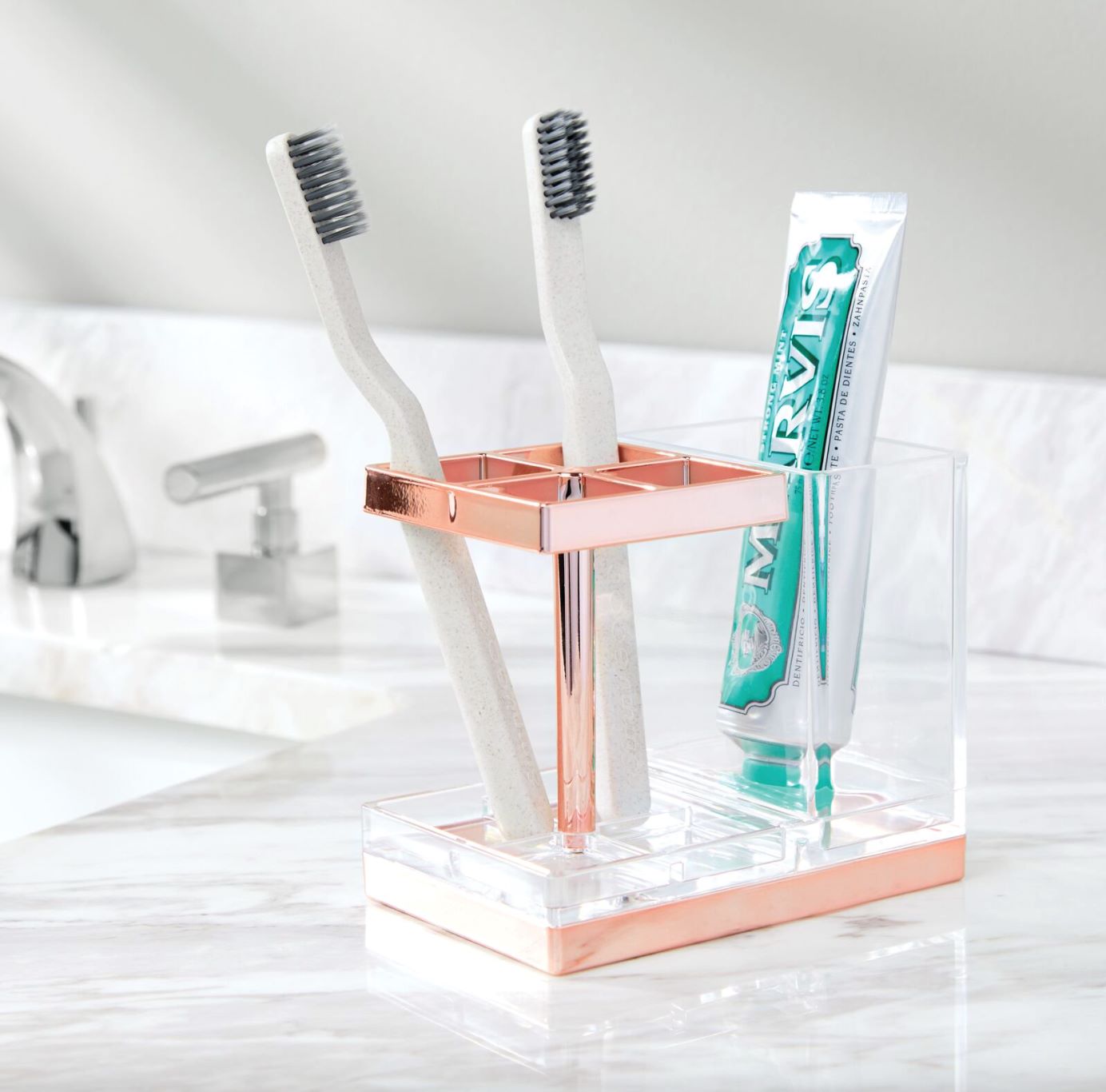

0 thoughts on “How To Sanitize Pillows After COVID-19”